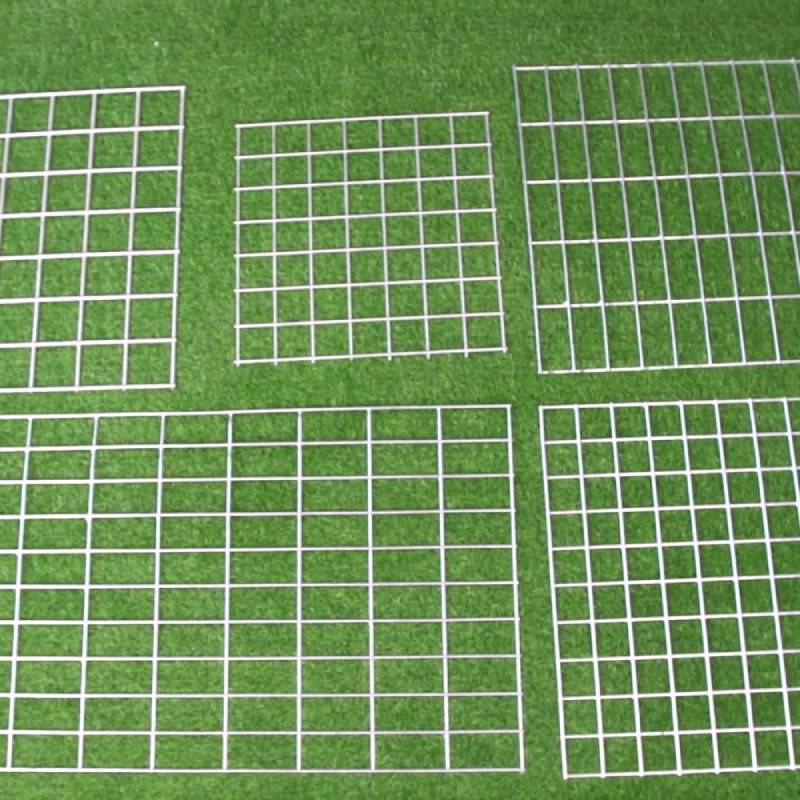Understanding the Expenses Involved in Purchasing Razor Wire
The Cost of Razor Wire An Investment in Security
In a world where safety and security are paramount concerns, the use of razor wire has become increasingly prominent. Commonly used for perimeter security in a variety of environments, from military installations to commercial properties and residential areas, razor wire offers an effective deterrent against unauthorized access. However, a key consideration for organizations and individuals contemplating its installation is the cost associated with razor wire.
Understanding Razor Wire
Razor wire, also known as concertina wire, consists of wire with sharp edges or points arranged in a spiral. This design not only makes it difficult to breach but also poses a significant psychological barrier to potential intruders. Its applications extend beyond mere fencing; it is often utilized in correctional facilities, borders, and high-security sites. The operational efficiency and safety benefits provided by razor wire generally justify its adoption, but understanding the costs involved is essential.
Initial Installation Costs
The initial costs of razor wire can vary significantly based on several factors, including material quality, diameter, and the specific application environment. On average, razor wire can cost between $0.10 and $0.30 per linear foot. However, this does not account for additional expenses such as installation labor, which can range from $1 to $3 per linear foot, depending on the complexity of the installation site.
Moreover, the choice of fencing and accompanying security systems—like gates and surveillance cameras—will also influence overall costs. For instance, integrating razor wire with electrified fencing or alarm systems could elevate expenses but may provide enhanced security.
Maintenance and Upkeep Costs
cost of razor wire

While razor wire is generally durable and requires minimal maintenance, it’s important to consider long-term costs associated with upkeep. Environmental factors, such as corrosion or extreme weather conditions, might necessitate repairs or replacements. Regular inspections and preventive maintenance can help detect wear and tear early, potentially extending the lifespan of the razor wire and saving money over time.
Compliance and Regulatory Costs
Another aspect to consider is compliance with local laws and regulations regarding the use of razor wire. Some jurisdictions may require permits or specific safety measures when installing razor wire, which could impose additional costs on the installation process. As security measures become more scrutinized, individuals and organizations need to ensure they abide by these regulations to avoid fines or legal issues.
Value of Enhanced Security
Despite the associated costs, many security experts argue that the investment in razor wire is mitigated by the potential savings from preventing theft, vandalism, and other security breaches. The presence of razor wire can reduce liability and insurance costs, as insurers often offer discounts for properties with effective security measures in place. A secure environment can enhance asset protection, leading to peace of mind for property owners and managers.
Conclusion
In conclusion, while the cost of razor wire may initially appear to be a concern, its value as a security measure often outweighs the financial expenditures. When viewed as an investment in safety, the long-term benefits can be substantial. Organizations and individuals must carefully consider all associated costs—installation, maintenance, and compliance—while acknowledging the potential savings and enhanced security benefits. Ultimately, in a world increasingly troubled by security threats, the implementation of razor wire may be one of the most prudent decisions for protecting assets and ensuring safety.
-
Space-Saving Chain Fence Hacks Vertical Gardening with Cyclone MeshNewsJul.16,2025
-
Innovations in Iron Nail Wire Production for Modern ConstructionNewsJul.16,2025
-
Creative Uses of Wire Netting Fence in Modern Landscape DesignNewsJul.16,2025
-
Barbed Wire Fence Innovations in Anti-Climb TechnologyNewsJul.16,2025
-
Architectural Uses of Umbrella Nails for Aesthetic Roof DesignsNewsJul.16,2025
-
Architectural Uses of Razor Barbed Wire in Secure Urban DesignNewsJul.16,2025




